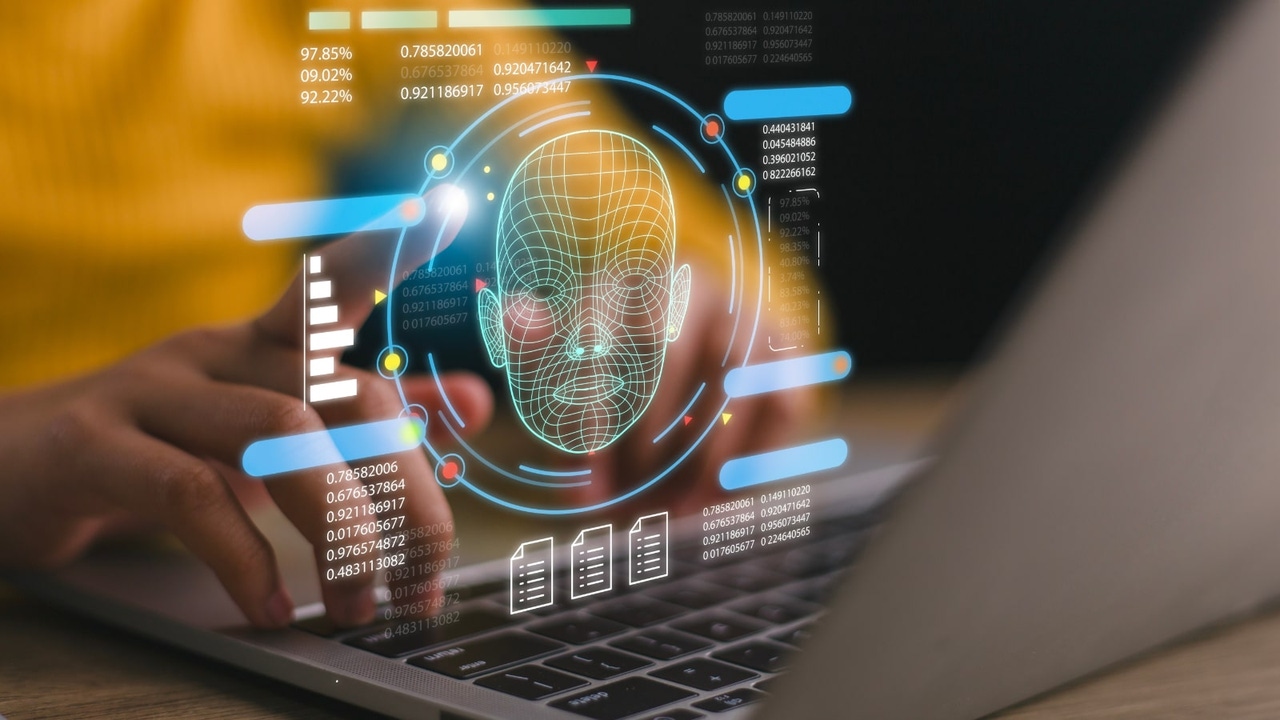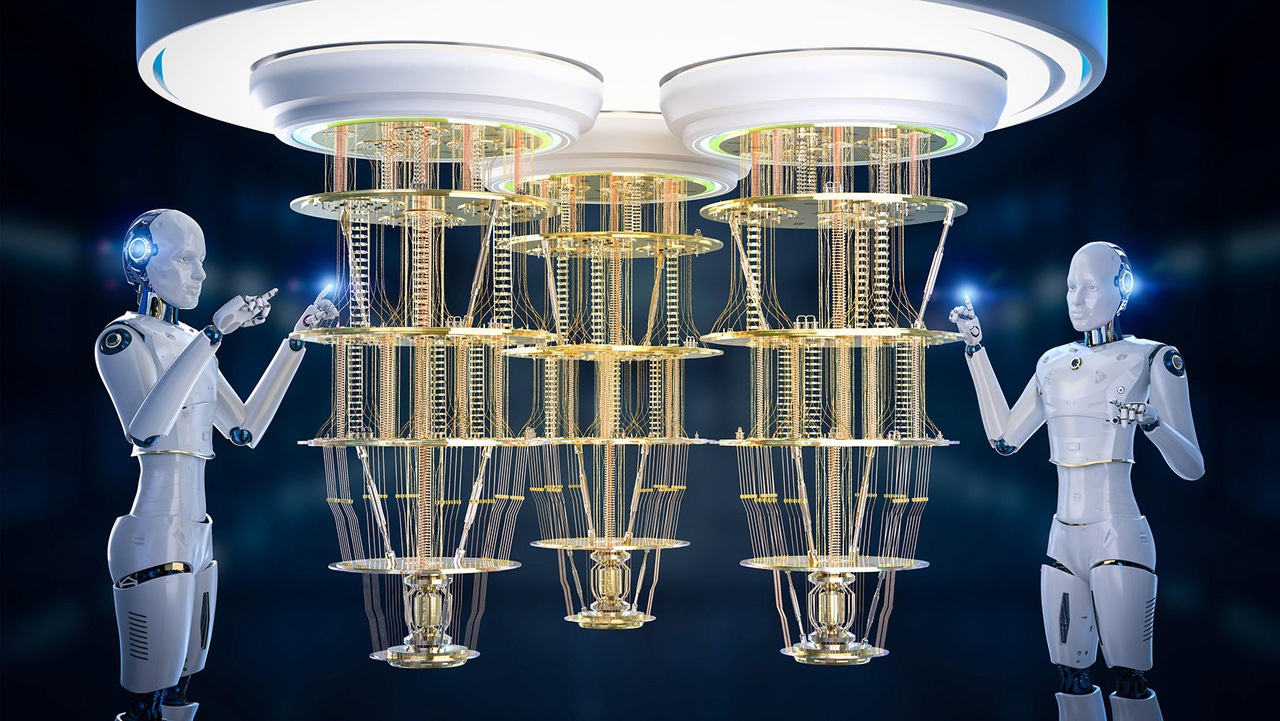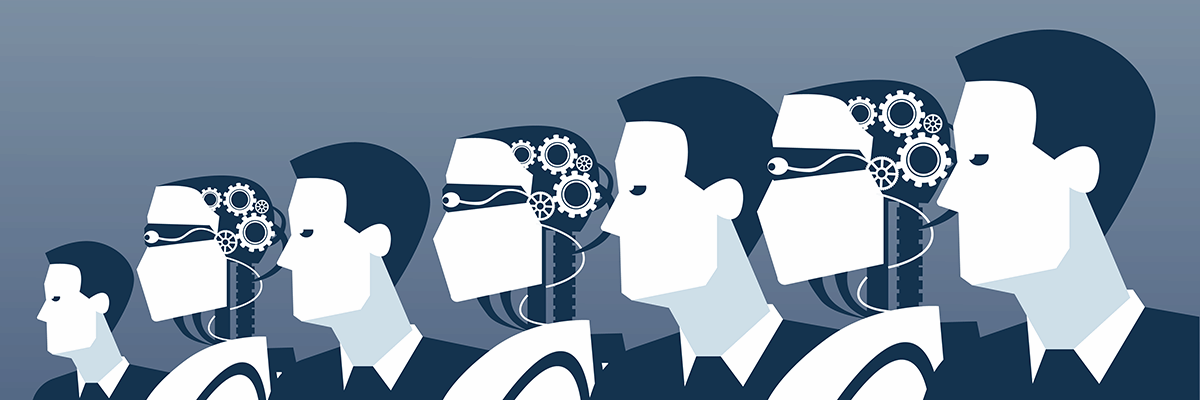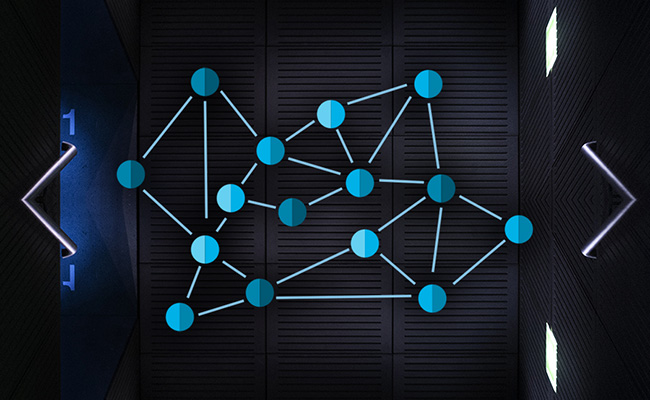GenAI in healthcare: The state of affairs in India

Currently, the All-India Institute of Medical Sciences (AIIMS) Delhi is the only
public healthcare institution exploring AI-driven solutions. AIIMS, in
collaboration with the Ministry of Electronics & Information Technology and
the Centre for Development of Advanced Computing (C-DAC) Pune, launched the
iOncology.ai platform to support oncologists in making informed cancer treatment
decisions. The platform uses deep learning models to detect early-stage ovarian
cancer, and available data shows this has already improved patient outcomes
while reducing healthcare costs. This is one of the few key AI-driven
initiatives in India. Although AI adoption in the healthcare provider segment is
relatively high at 68%, a large portion of deployments are still in the PoC
phase. What could transform India’s healthcare with Generative AI? What could
help bring care to those who need it most? ... India has tremendous potential in
machine intelligence, especially as we develop our own Gen AI capabilities. In
healthcare, however, the pace of progress is hindered by financial constraints
and a shortage of specialists in the field. Concerns over data breaches and
cybersecurity incidents also contribute to this aversion.
OWASP Beefs Up GenAI Security Guidance Amid Growing Deepfakes

To help organizations develop stronger defenses against AI-based attacks, the
Top 10 for LLM Applications & Generative AI group within the Open Worldwide
Application Security Project (OWASP) released a trio of guidance documents for
security organizations on Oct. 31. To its previously released AI cybersecurity
and governance checklist, the group added a guide for preparing for deepfake
events, a framework to create AI security centers of excellence, and a curated
database on AI security solutions. ... The trajectory of deepfakes is quite easy
to predict — even if they are not good enough to fool most people today, they
will be in the future, says Eyal Benishti, founder and CEO of Ironscales. That
means that human training will likely only go so far. AI videos are getting
eerily realistic, and a fully digital twin of another person controlled in real
time by an attacker — a true "sock puppet" — is likely not far behind.
"Companies want to try and figure out how they get ready for deepfakes," he
says. "The are realizing that this type of communication cannot be fully trusted
moving forward, which ... will take people some time to realize and adjust." In
the future, since the telltale artifacts will be gone, better defenses are
necessary, Exabeam's Kirkwood says.
Open-source software: A first attempt at organization after CRA

The Cyber Resilience Act was a shock that awakened many people from their
comfort zone: How dare the “technical” representatives of the European Union
question the security of open-source software? The answer is very simple:
because we never told them, and they assumed it was because no one was
concerned about security. ... The CRA requires software with automatic updates
to roll out security updates automatically by default, while allowing users to
opt out. Companies must conduct a cyber risk assessment before a product is
released and throughout 10 years or its expected lifecycle, and must notify
the EU cybersecurity agency ENISA of any incidents within 24 hours of becoming
aware of them, as well as take measures to resolve them. In addition to that,
software products must carry the CE marking to show that they meet a minimum
level of cybersecurity checks. Open-source stewards will have to care about
the security of their products but will not be asked to follow these rules. In
exchange, they will have to improve the communication and sharing of best
security practices, which are already in place, although they have not always
been shared. So, the first action was to create a project to standardize them,
for the entire open-source software industry.
10 ways hackers will use machine learning to launch attacks

Attackers aren’t just using machine-learning security tools to test if their
messages can get past spam filters. They’re also using machine learning to
create those emails in the first place, says Adam Malone, a former EY partner.
“They’re advertising the sale of these services on criminal forums. They’re
using them to generate better phishing emails. To generate fake personas to
drive fraud campaigns.” These services are specifically being advertised as
using machine learning, and it’s probably not just marketing. “The proof is in
the pudding,” Malone says. “They’re definitely better.” ... Criminals are also
using machine learning to get better at guessing passwords. “We’ve seen
evidence of that based on the frequency and success rates of password guessing
engines,” Malone says. Criminals are building better dictionaries to hack
stolen hashes. They’re also using machine learning to identify security
controls, “so they can make fewer attempts and guess better passwords and
increase the chances that they’ll successfully gain access to a system.” ...
The most frightening use of artificial intelligence are the deep fake tools
that can generate video or audio that is hard to distinguish from the real
human. “Being able to simulate someone’s voice or face is very useful against
humans,” says Montenegro.
Breaking Free From the Dead Zone: Automating DevOps Shifts for Scalable Success

If ‘Shift Left’ is all about integrating processes closer to the source code,
‘Shift Right’ offers a complementary approach by tackling challenges that
arise after deployment. Some decisions simply can’t be made early in the
development process. For example, which cloud instances should you use? How
many replicas of a service are necessary? What CPU and memory allocations are
appropriate for specific workloads? These are classic ‘Shift Right’ concerns
that have traditionally been managed through observability and
system-generated recommendations. Consider this common scenario: when
deploying a workload to Kubernetes, DevOps engineers often guess the memory
and CPU requests, specifying these in YAML configuration files before anything
is deployed. But without extensive testing, how can an engineer know the
optimal settings? Most teams don’t have the resources to thoroughly test every
workload, so they make educated guesses. Later, once the workload has been
running in production and actual usage data is available, engineers revisit
the configurations. They adjust settings to eliminate waste or boost
performance, depending on what’s needed. It’s exhausting work and, let’s be
honest, not much fun.
5 cloud market trends and how they will impact IT

“Capacity growth will be driven increasingly by the even larger scale of those
newly opened data centers, with generative AI technology being a prime reason
for that increased scale,” Synergy Research writes. Not surprisingly, the
companies with the broadest data center footprint are Amazon, Microsoft, and
Google, which account for 60% of all hyperscale data center capacity. And the
announcements from the Big 3 are coming fast and furious. ... “In effect,
industry cloud platforms turn a cloud platform into a business platform,
enabling an existing technology innovation tool to also serve as a business
innovation tool,” says Gartner analyst Gregor Petri. “They do so not as
predefined, one-off, vertical SaaS solutions, but rather as modular,
composable platforms supported by a catalog of industry-specific packaged
business capabilities.” ... There are many reasons for cloud bills increasing,
beyond simple price hikes. Linthicum says organizations that simply “lifted
and shifted” legacy applications to the public cloud, rather than refactoring
or rewriting them for cloud optimization, ended up with higher costs. Many
organizations overprovisioned and neglected to track cloud resource
utilization. On top of that, organizations are constantly expanding their
cloud footprint.
The Modern Era of Data Orchestration: From Data Fragmentation to Collaboration
Data systems have always needed to make assumptions about file, memory, and
table formats, but in most cases, they've been hidden deep within their
implementations. A narrow API for interacting with a data warehouse or data
service vendor makes for clean product design, but it does not maximize the
choices available to end users. ... In a closed system, the data warehouse
maintains its own table structure and query engine internally. This is a
one-size-fits-all approach that makes it easy to get started but can be
difficult to scale to new business requirements. Lock-in can be hard to avoid,
especially when it comes to capabilities like governance and other services
that access the data. Cloud providers offer seamless and efficient
integrations within their ecosystems because their internal data format is
consistent, but this may close the door on adopting better offerings outside
that environment. Exporting to an external provider instead requires
maintaining connectors purpose-built for the warehouse's proprietary APIs, and
it can lead to data sprawl across systems. ... An open, deconstructed system
standardizes its lowest-level details. This allows businesses to pick and
choose the best vendor for a service while having the seamless experience that
was previously only possible in a closed ecosystem.
New OAIC AI Guidance Sharpens Privacy Act Rules, Applies to All Organizations

The new AI guidance outlines five key takeaways that require attention, and
though the term “guidance” is used some of these constitute expansions of
application of existing rules. The first of these is that Privacy Act
requirements for personal information apply to AI systems, both in terms of
user input and what the system outputs. ... The second AI guidance takeaway
stipulates that privacy policies must be updated to have “clear and
transparent” information about public-facing AI use. The third takeaway notes
that the generation of images of real people, whether it be due to a
hallucination or intentional creation of something like a deepfake, are also
covered by personal information privacy rules. The fourth AI guidance takeaway
states that any personal information input into AI systems can only be used
for the primary purpose for which it was collected, unless consent is
collected for other uses or those secondary uses can be reasonably expected to
be necessary. The fifth and final takeaway is perhaps a case of burying the
lede; the OAIC simply suggests that organizations not collect personal
information through AI systems at all due to the ” significant and complex
privacy risks involved.”
DevOps Moves Beyond Automation to Tackle New Challenges

“The future of DevOps is DevSecOps,” Jonathan Singer, senior product marketing
manager at Checkmarx, told The New Stack. “Developers need to consider
high-performing code as secure code. Everything is code now, and if it’s not
secure, it can’t be high-performing,” he added. Checkmarx is an application
security vendor that allows enterprises to secure their applications from the
first line of code to deployment in the cloud, Singer said. The DevOps
perspective has to be the same as the application security perspective, he
noted. Some people think of seeing the environment around the app, but
Checkmarx thinks of seeing the code in the application and making sure it’s
safe and secure when it’s deployed, he added. “It might look like the security
teams are giving more responsibility to the dev teams, and therefore you need
security people in the dev team,” Singer said Checkmarx is automating the
heavy mental lifting by prioritizing and triaging scan results. With the
amount of code, especially for large organizations, finding ten thousand
vulnerabilities is fairly common, but they will have different levels of
severity. If a vulnerability is not exploitable, you can knock it out of the
results list. “Now we’re in the noise reduction game,” he said.
How Quantum Machine Learning Works

While quantum computing is not the most imminent trend data scientists need to
worry about today, its effect on machine learning is likely to be
transformative. “The really obvious advantage of quantum computing is the
ability to deal with really enormous amounts of data that we can't really deal
with any other way,” says Fitzsimons. “We've seen the power of conventional
computers has doubled effectively every 18 months with Moore's Law. With
quantum computing, the number of qubits is doubling about every eight to nine
months. Every time you add a single qubit to a system, you double its
computational capacity for machine learning problems and things like this, so
the computational capacity of these systems is growing double exponentially.”
... Quantum-inspired software techniques can also be used to improve classical
ML, such as tensor networks that can describe machine learning structures and
improve computational bottlenecks to increase the efficiency of LLMs like
ChatGPT. “It’s a different paradigm, entirely based on the rules of quantum
mechanics. It’s a new way of processing information, and new operations are
allowed that contradict common intuition from traditional data science,” says
Orús.
Quote for the day:
"I find that the harder I work, the
more luck I seem to have." -- Thomas Jefferson














